
In one of my classes, all the boys were out sick.
I asked the girls, "Seriously? No boys?"
One of the girls responded, "Well, it is the SWINE flu..."
But I digress...
So the question is, with that many students out, what do you do about the content you are supposed to be teaching? All my blocks were finishing up the last couple of lessons of their Constitution unit and getting ready for a big unit test. On top of that, the end of the marking period was a couple of days away and I really wanted to give my guys one last chance to boost their overall grades. So, not covering the material wasn't really an option.
On the other hand, how fair is it to cover important material when half the students aren't there to have it presented to them? Yes, they can get the notes from other students, but it really isn't the same.
So I bit the bullet and did something I've thought about from time to time, but I've been really reluctant to do:
My Math colleague and I have talked from time to time about filming our lectures and putting them on the web for students who are out or want to review key concepts. This makes a lot of sense for him especially, because Math lectures are generally only ten to fifteen minutes long.
Mine tend to be substantially longer.
Additionally, I really hate the way I sound.
No. Really.
You know how cringe-worthy your voice sounds on an answering machine?
Mine sounds like that in real life.
Plus, as another colleague put it, I don't exactly look like Brad Pitt. (Truthfully, I don't even look like Brad Pitt's Creepy Uncle Sid.)
But, in times of crisis, sacrifices have to be made.
Here's what I did:

Before my actual lecture, I pointed the camera at my whiteboard and had one of my students stand there for reference, while I framed the shot. I discovered later that because she is much shorter than I am, my face wasn't actually in the frame for a lot of the lecture (good), but my belly was (not so good).
In order to head off potential privacy concerns from parents, I kept the camera aimed at the front of the classroom and didn't put any of the students in any of the shots. I also made up aliases for each of the students, which was probably overkill, but they enjoyed it.
I filmed each of my lectures and used the one that covered the most material.
For the PowerPoint review that I showed to my class, I thought about figuring out some way of downloading the slideshow directly into iMovie for a clearer picture, but I realized that I would lose any of the comments my students or I made, so I set the tripod up next to my projector and just shot the screen. It ended up looking a bit like a pirated dvd, but I think the lesson came across better.
When I was all done filming, I tried editing what I had in iMovie, but the file ended up being much, much larger than the raw footage, so I gritted my teeth and just uploaded the raw footage to Vimeo, as-is.
So, how did it go? Was it as bad as you thought?
Sort of.
From a watching-yourself-on-camera perspective, it was even worse than I had anticipated. I came across sort-of like John Candy playing a gay game show host. "Cringe-worthy" doesn't even begin to describe it. A couple of colleagues commented on how brave I was to put something like that out on the internet.
I don't think they meant it in an entirely good way.
On the other hand, from a pure teaching point of view, I was pretty happy. I covered the material I needed to, and it came across well. This was the first time I'd used video to observe myself and I was pleased with how I interacted with students. My pedagogy was solid and I looked like a real teacher.
Go figure.
I posted links to the two videos on my homework page and several students ended up using the lesson.
Anyway, here are the two lessons:
Bill of Rights Lecture from John Fladd on Vimeo.
Bill of Rights Slideshow from John Fladd on Vimeo.
I look forward to your comments.
(Sort of.)
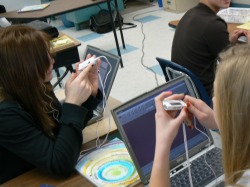
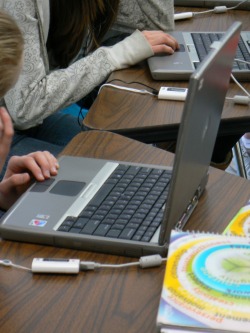
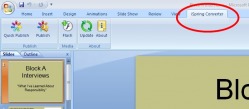
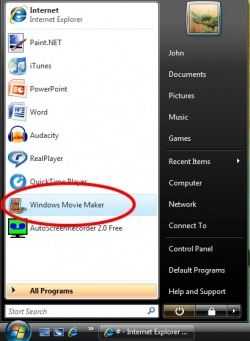
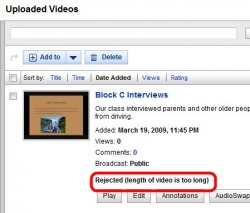
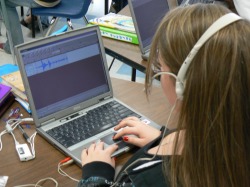
 RSS Feed
RSS Feed